Forest House by AOC celebrates colour, nature and family life
Taking its cues from the woods of nearby Epping, Forest House is designed by London-based architecture studio AOC
David Grandorge - Photography
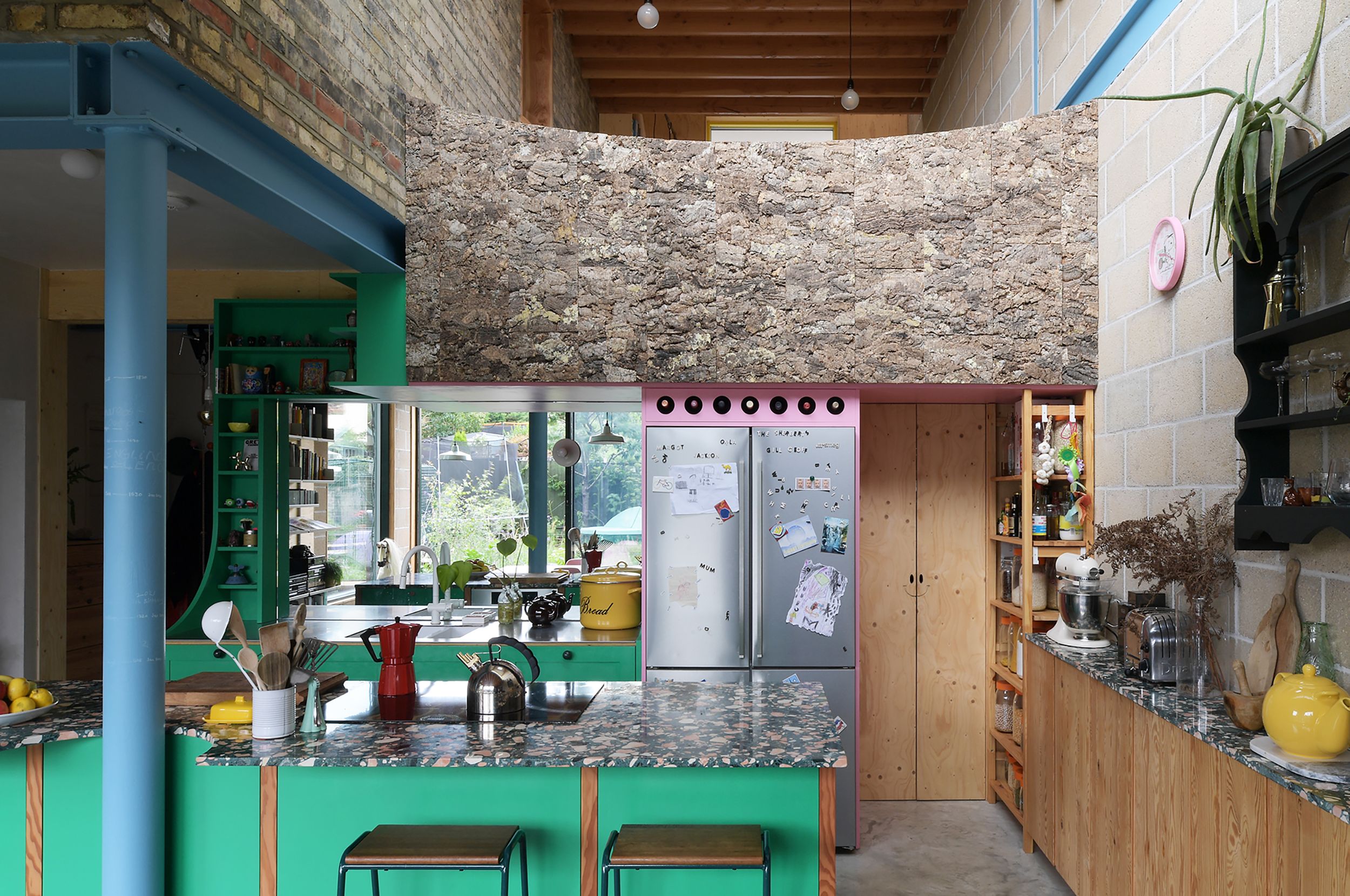
This north-east London house in Highams Park draws on the nearby Epping Forest for its open, natural and colourful architecture approach; welcome to Forest House, designed by architecture studio AOC. The project, created for a family of five, involved the renovation and extension (rear and side) of an existing semi-detached Victorian house, where the clients had already been living for four years. The property’s transformation not only brings the interiors up to date, catering to the needs of vibrant family life in the 21st century, but also pays homage to life immersed in nature, taking its cue from its context.
A triple-height living space sits at the heart of the new home. It is the place to which the family gravitates most of the time, and encompasses a colourful kitchen and dining area with large openings towards the wild garden (filled with tall verbena, among other flowers, and a collecting water fountain), and views of the local skyline and forest beyond. The living space expands into the woven hazel-clad rear extension, whose external skin material was chosen to create a dialogue with the tree-filled area and to invite in plant and wildlife.

In contrast, the front and side façades of the addition are clad in brick, referencing the original period character of the house and a more urban overall feel, but are clearly defined by their white colour, contrasting with the red brick of the home’s existing volumes. This side extension contains the family's home office, a workspace that sits on the upper level and looks out over a balcony into the dining room on the ground floor. A large, rectangular, glazed opening frames neighbourhood vistas for the users. Old and new meet at various points in the house, and the architects didn't try to conceal those moments of ‘transition’. Instead, the relationship of the existing and the new fabric is celebrated visually internally, such as with the red pre-cast concrete lintels that appear between the new-built kitchen and the living room, which is located in the ‘old’ house.
The use of raw, inexpensive, natural materials was prioritised, with Douglas fir, spruce ply and cork bark dominating floors, walls and bespoke elements throughout, ‘chosen for their colour, associations and sensory delight’, the architects explain. Controlling the structure’s embodied energy was also a concern, they add: ‘Wrapping the rear and unattached side of the house significantly improves its thermal performance and exposing the external wall internally ensures its thermal mass is effectively used. The new roof and existing dormer are super-insulated to provide a warm hat to the home. Underfloor heating in the extension’s polished concrete floor has proved sufficient to keep the use of radiators in the upper floors to a minimum.’


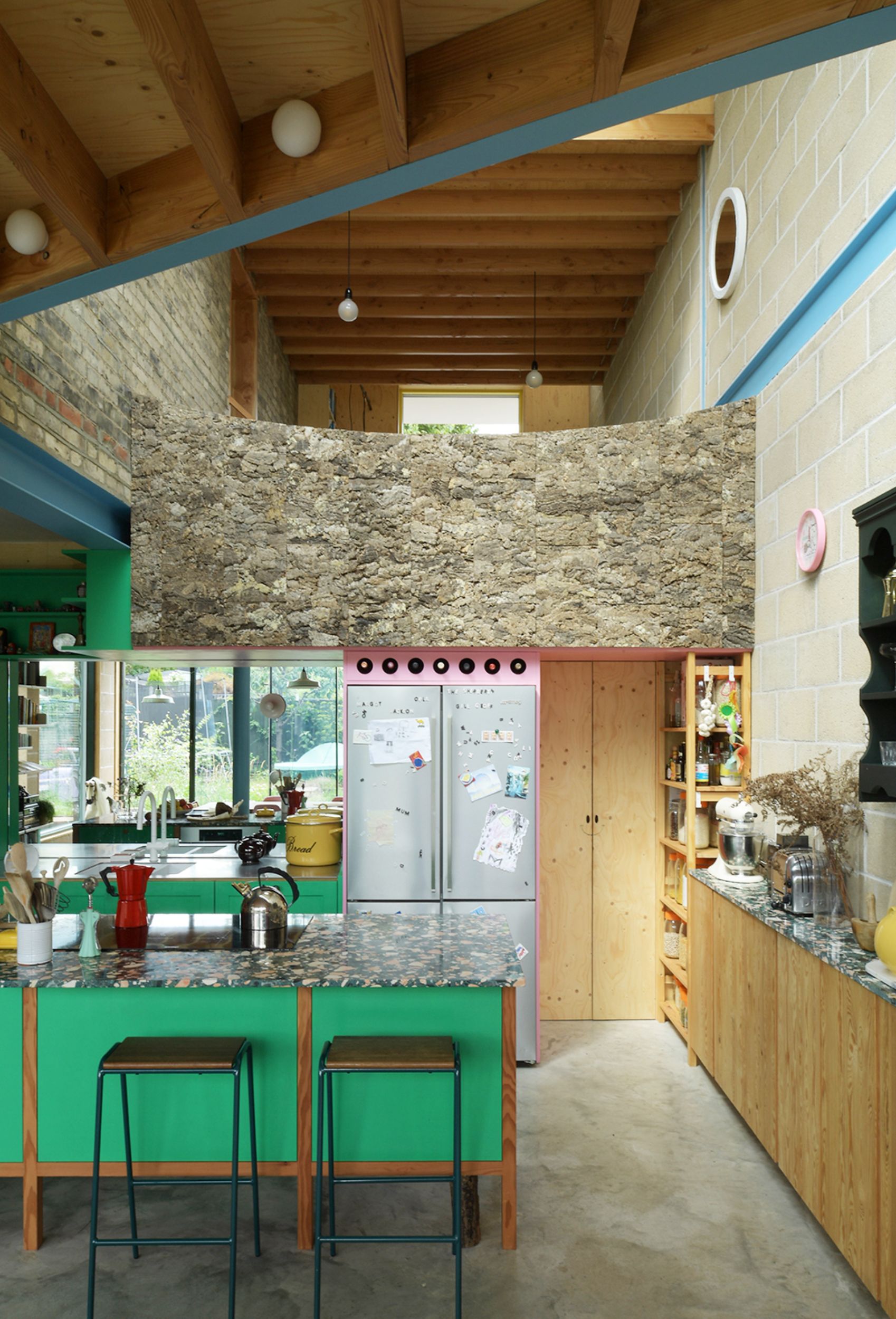
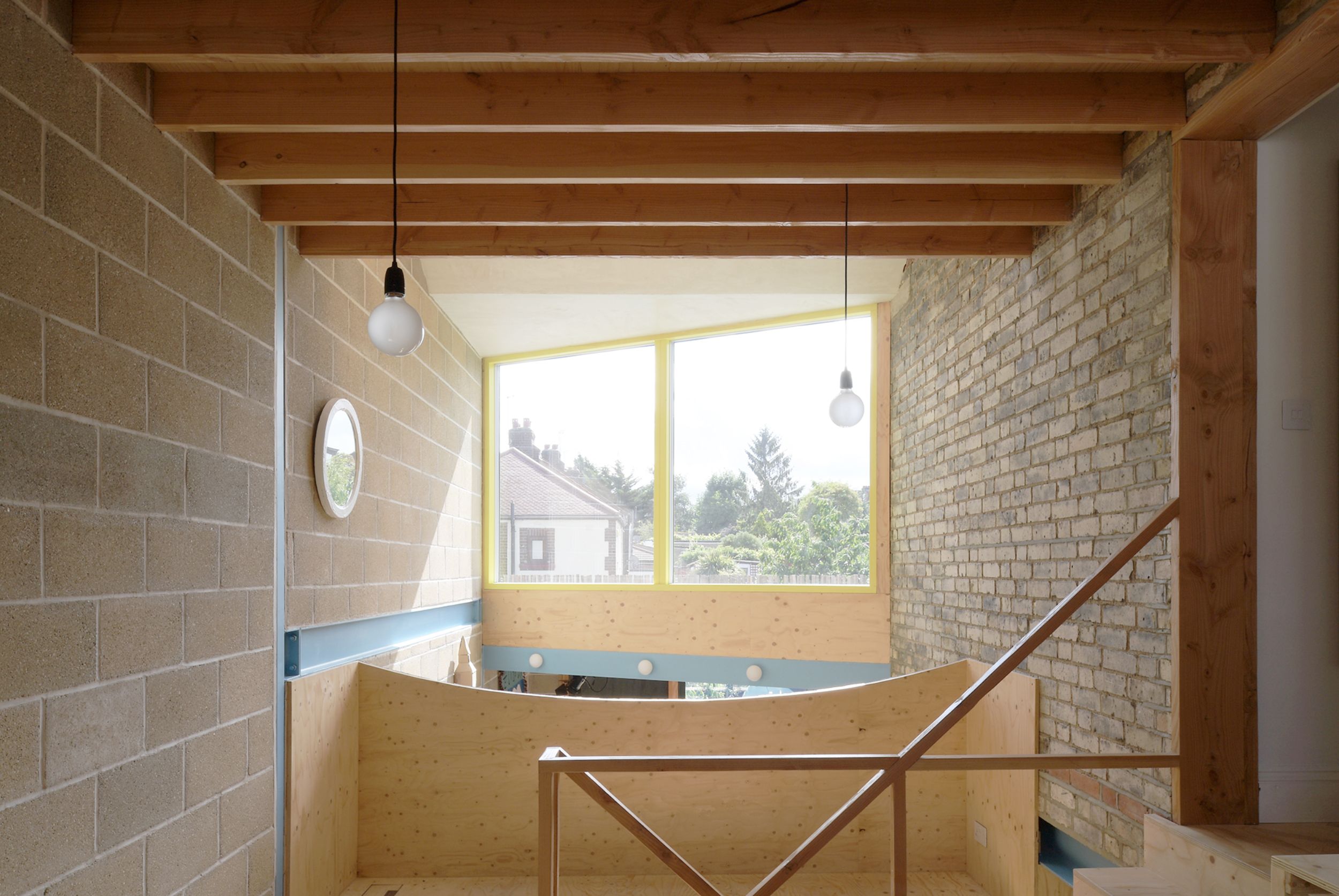
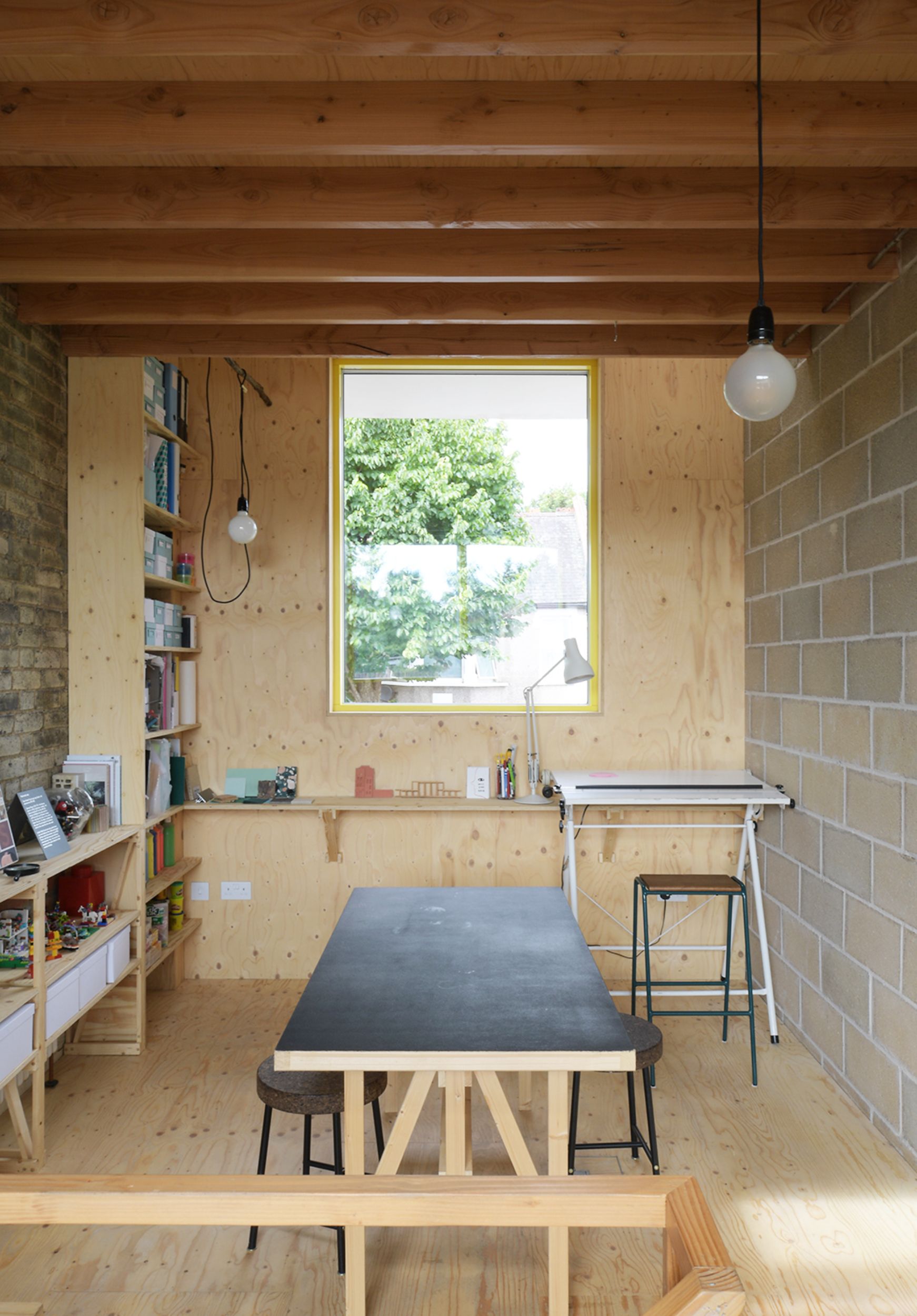
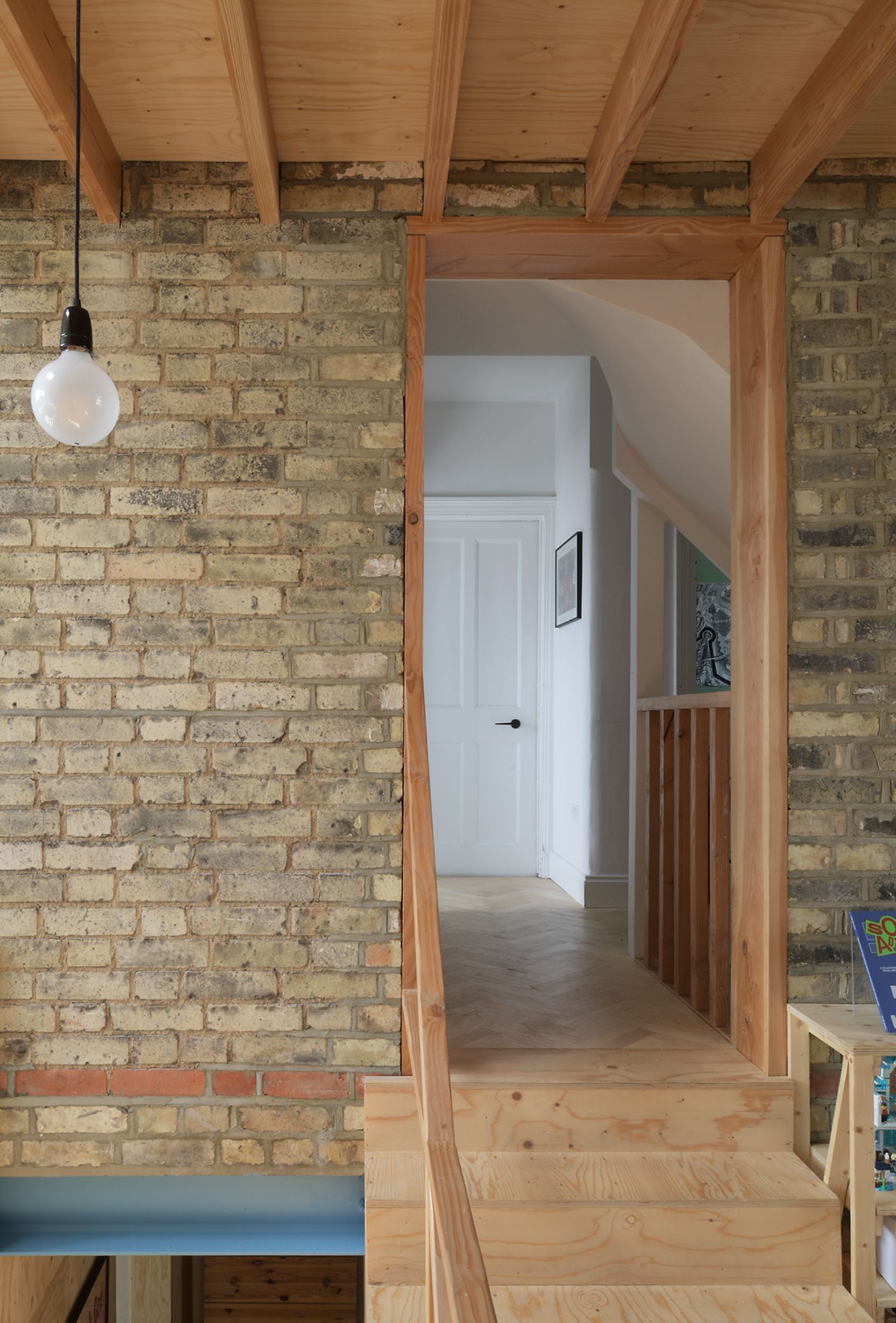
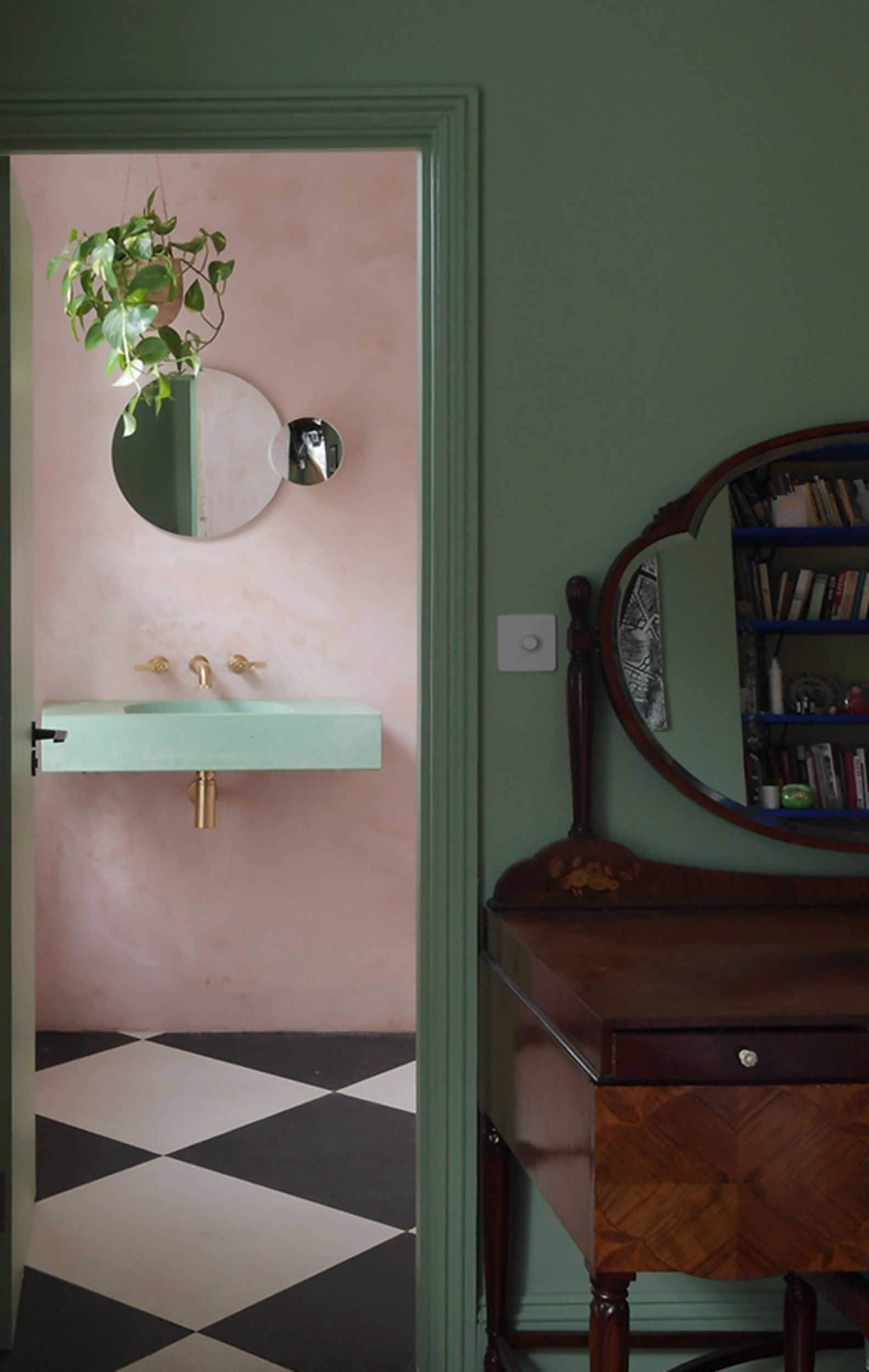

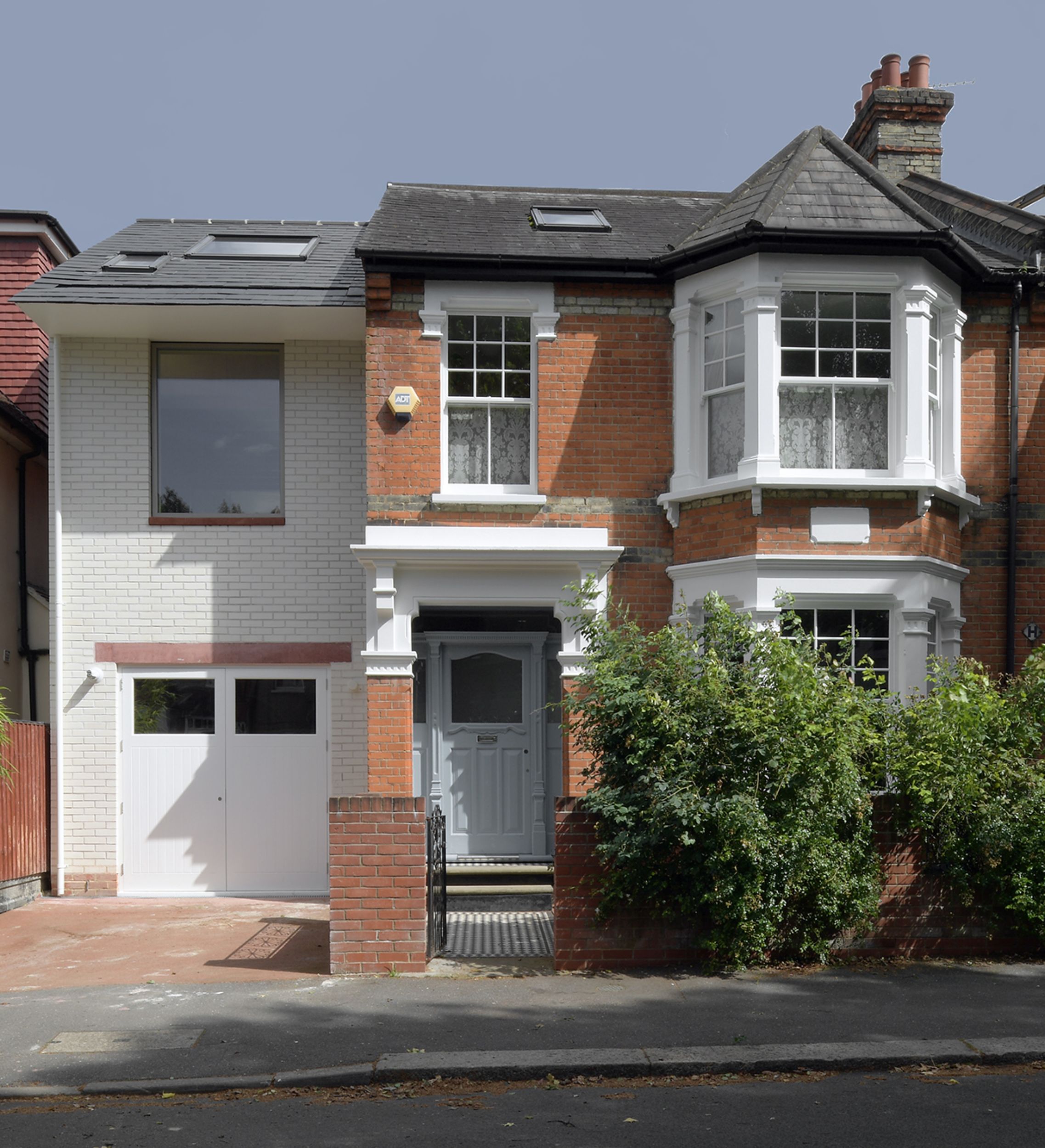
INFORMATION
Receive our daily digest of inspiration, escapism and design stories from around the world direct to your inbox.
Ellie Stathaki is the Architecture & Environment Director at Wallpaper*. She trained as an architect at the Aristotle University of Thessaloniki in Greece and studied architectural history at the Bartlett in London. Now an established journalist, she has been a member of the Wallpaper* team since 2006, visiting buildings across the globe and interviewing leading architects such as Tadao Ando and Rem Koolhaas. Ellie has also taken part in judging panels, moderated events, curated shows and contributed in books, such as The Contemporary House (Thames & Hudson, 2018), Glenn Sestig Architecture Diary (2020) and House London (2022).
-
 Roland and Karimoku expand their range of handcrafted Kiyola digital pianos
Roland and Karimoku expand their range of handcrafted Kiyola digital pianosThe new Roland KF-20 and KF-25 are the latest exquisitely crafted digital pianos from Roland, fusing traditional furniture-making methods with high-tech sound
-
 Fulham FC’s new Riverside Stand by Populous reshapes the match-day experience and beyond
Fulham FC’s new Riverside Stand by Populous reshapes the match-day experience and beyondPopulous has transformed Fulham FC’s image with a glamorous new stand, part of its mission to create the next generation of entertainment architecture, from London to Rome and Riyadh
-
 A contemporary Mexican hotel emerges from a 16th-century ruin in Mérida
A contemporary Mexican hotel emerges from a 16th-century ruin in MéridaA renovation project by Zeller & Moye, Mérida’s new Hotel Sevilla wears its architectural interventions lightly, mixing new brutalist elements into listed interiors and a palm-filled courtyard
-
 Fulham FC’s new Riverside Stand by Populous reshapes the match-day experience and beyond
Fulham FC’s new Riverside Stand by Populous reshapes the match-day experience and beyondPopulous has transformed Fulham FC’s image with a glamorous new stand, part of its mission to create the next generation of entertainment architecture, from London to Rome and Riyadh
-
 This modern Clapham house is nestled indulgently in its garden
This modern Clapham house is nestled indulgently in its gardenA Clapham house keeps a low profile in south London, at once merging with its environment and making a bold, modern statement; we revisit a story from the Wallpaper* archives
-
 Step inside this perfectly pitched stone cottage in the Scottish Highlands
Step inside this perfectly pitched stone cottage in the Scottish HighlandsA stone cottage transformed by award-winning Glasgow-based practice Loader Monteith reimagines an old dwelling near Inverness into a cosy contemporary home
-
 This curved brick home by Flawk blends quiet sophistication and playful details
This curved brick home by Flawk blends quiet sophistication and playful detailsDistilling developer Flawk’s belief that architecture can be joyful, precise and human, Runda brings a curving, sculptural form to a quiet corner of north London
-
 A compact Scottish home is a 'sunny place,' nestled into its thriving orchard setting
A compact Scottish home is a 'sunny place,' nestled into its thriving orchard settingGrianan (Gaelic for 'sunny place') is a single-storey Scottish home by Cameron Webster Architects set in rural Stirlingshire
-
 Porthmadog House mines the rich seam of Wales’ industrial past at the Dwyryd estuary
Porthmadog House mines the rich seam of Wales’ industrial past at the Dwyryd estuaryStröm Architects’ Porthmadog House, a slate and Corten steel seaside retreat in north Wales, reinterprets the area’s mining and ironworking heritage
-
 Arbour House is a north London home that lies low but punches high
Arbour House is a north London home that lies low but punches highArbour House by Andrei Saltykov is a low-lying Crouch End home with a striking roof structure that sets it apart
-
 A former agricultural building is transformed into a minimal rural home by Bindloss Dawes
A former agricultural building is transformed into a minimal rural home by Bindloss DawesZero-carbon design meets adaptive re-use in the Tractor Shed, a stripped-back house in a country village by Somerset architects Bindloss Dawes